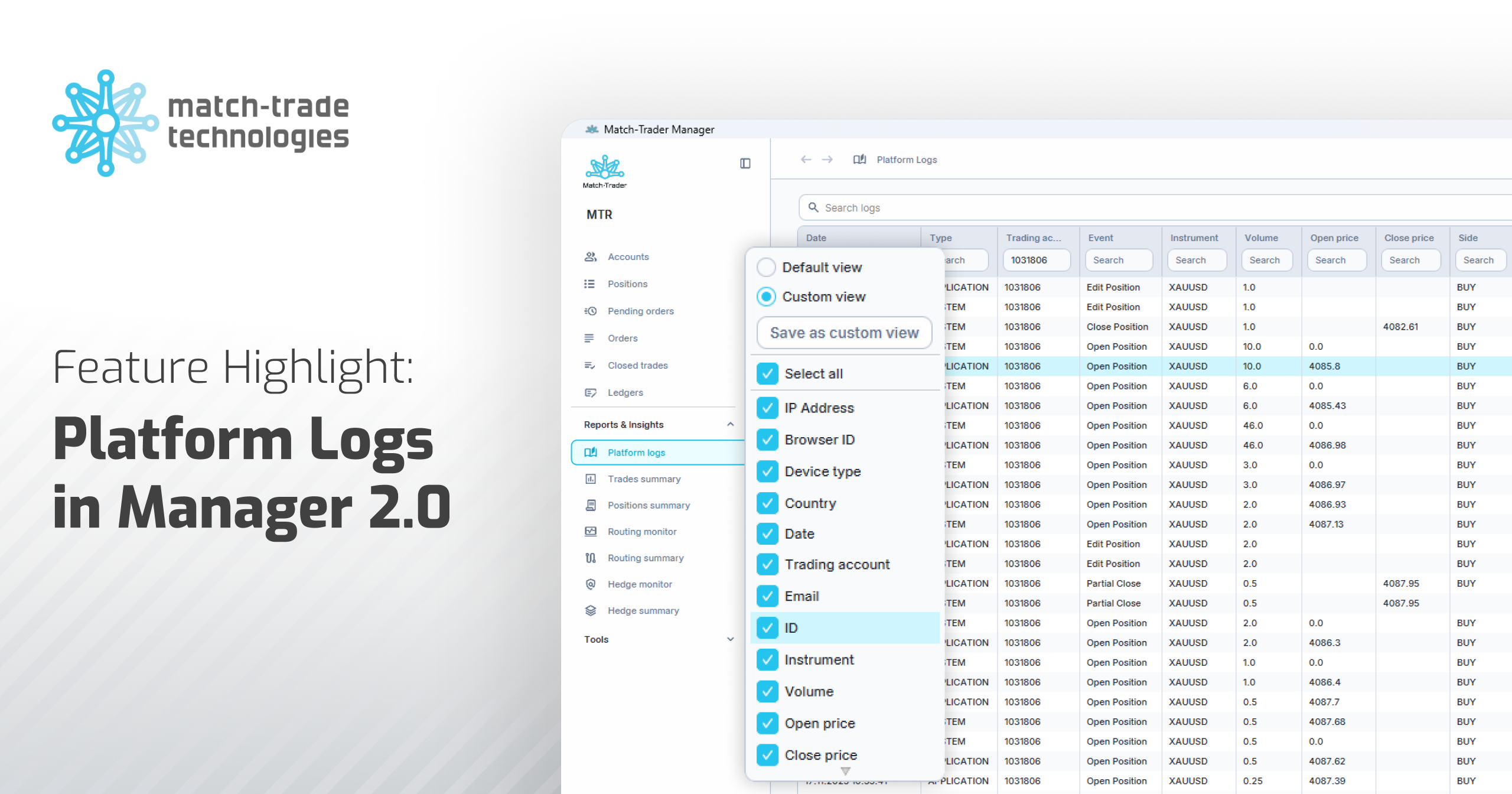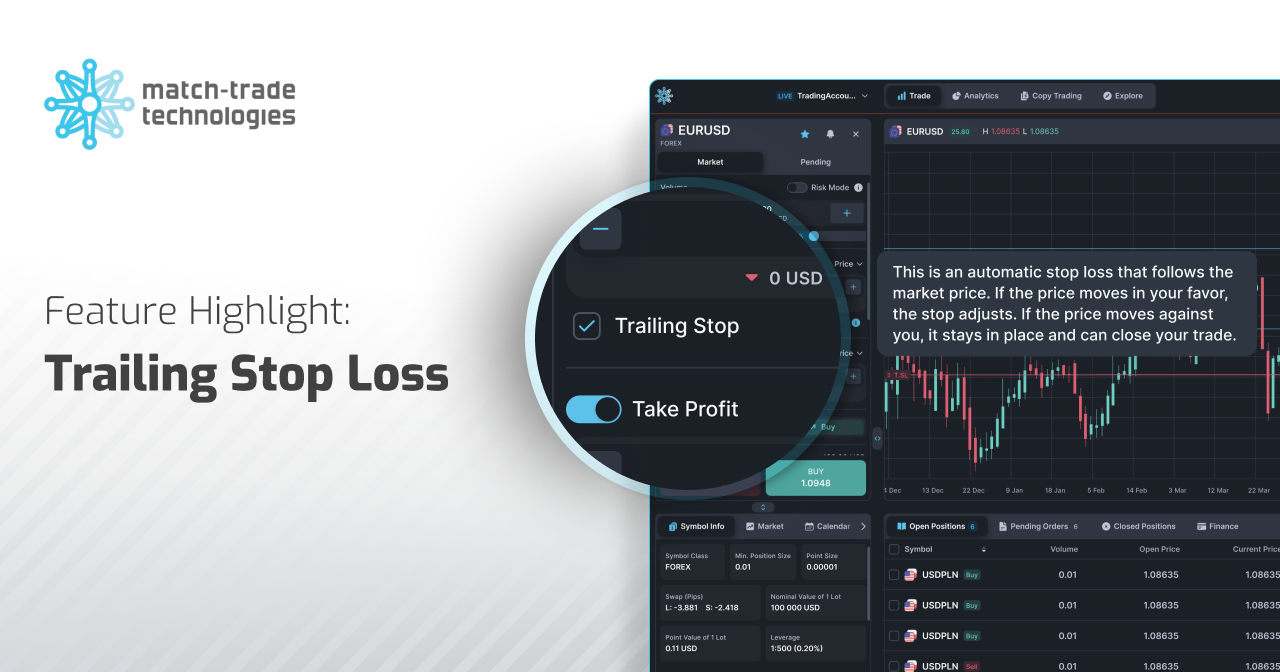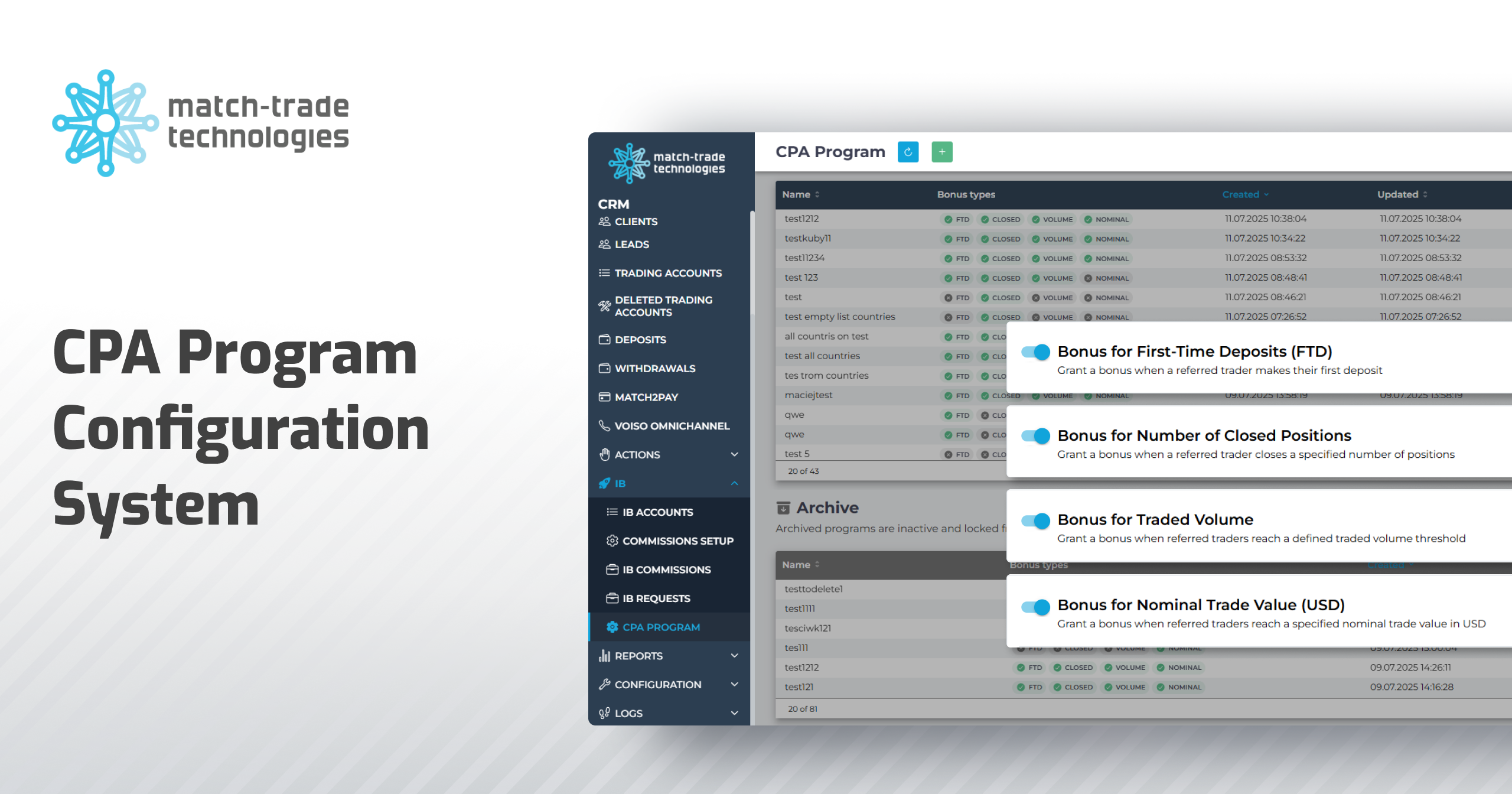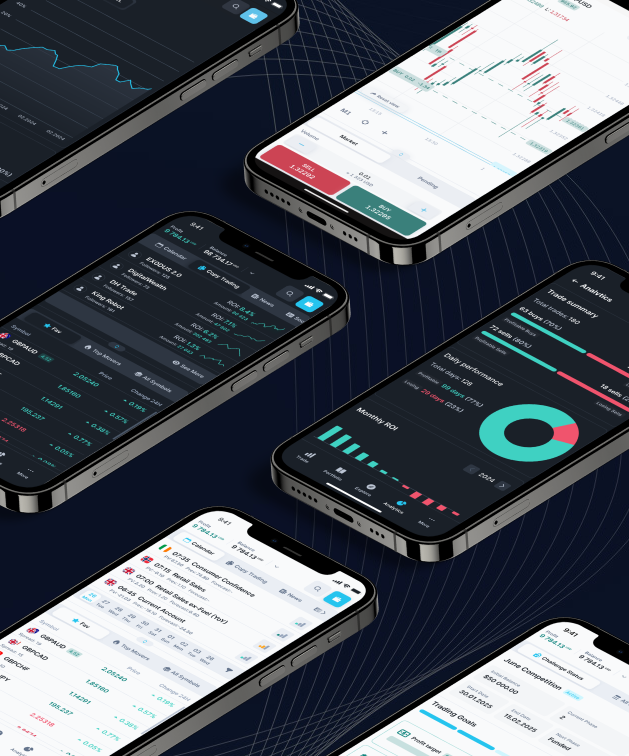Almost every broker looks to provide multiple investment possibilities to their clients, especially to these ones who don’t want to trade by themselves. In order to do so, they can use special trading robots which can be run directly on their accounts. Another option is to use so-called managed accounts service, which can follow a particular strategy with the desired risk. Below I will try to present what are the main differences between MAM, PAMM and Social trading solutions, which are the most popular on the market.
The problem with describing them is imprecise and lack of formal definitions. Many brokers or solutions providers are using these expressions in different meanings, however, we will try to describe it in the most popular versions.
PAMM
PAMM, which is the abbreviation of Percentage Allocation Money Management is the most popular system to automate and manage your trading. The biggest advantage of the PAMM is the percentage allocation of transaction volumes between all the investors. Allocation is usually made basing on the investor balances or equity. It is worth to mention that all investors balances are copied to master (money manager) accounts, which has an aggregated balance of all connected accounts. It means that the master doesn’t have its own money, it has only a virtual balance which is equal to balances of investor accounts. In the PAMM system once master executes a trade then it is allocated instantly and proportionally to investor accounts at exactly the same prices as it was done on the master account. There are some PAMMs which don’t show single transactions on investor trading accounts, but they have their own back office where only P&L related to trades are allocated. It is usually less prefered way because usually, clients want to see all his trades on the trading account. Some PAMMs provide also leaderboards of master accounts, where investors can check what are their performance before subscribing to them. It is also important to mention that investor accounts connected to PAMM can’t trade themselves, because it would impair the percentage allocation. However, it is usually possible to detach investor account from Master at any time. If you are connected to Master in PAMM system you can be sure that you will achieve the same results as the master account, which is not guaranteed in MAMs or Social (Copy) trading. Money Managers in PAMMs are usually rewarded by charging so-called management and incentive fees. Management fees are charged from investor balances usually on a monthly basis, incentive fees are strictly dependant on the profits obtained by the money managers and investors connected to it.
MAM
MAM solution (Multi-Account Management) is a derivative of the PAMM system. The main difference is that the allocation of trades between master and investor accounts can be made other way than proportionally. Each investor can select what risk he wants to take and what leverage he wants to have on his account. In other words, trades can be copied with different multipliers, which depend on the investor’s risk appetite. Usually, in MAMs copied trades are also executed as separate transactions and they are always visible on investor trading accounts. Similar to PAMMs investors can neither trade individually on the managed accounts, but they can detach from them at any time. In MAMs, however, master accounts balances are separated from balances of connected investors, which can result in different returns between them. Usually, in MAM master accounts are not publicly visible in leaderboards, they are rather private subscriptions for specific money managers. Summing up MAM accounts are designed for investors who would like to choose their own risk level and get more flexibility in managing their funds.
Social (Copy) Trading
Social trading is the most public way to manage your trading. There are special platforms such as ZuluTrade, eToro, TradeSocio, which provide an option to connect copy trading solution to your brokerage. They provide also their own database of verified signal providers with a bunch of various statistics for all of them. This is quite a big advantage because alternatively to PAMM or MAMs broker doesn’t have to look for trusted money managers on their own. It is also worth mentioning that MT4 and MT5 servers have their own copy trading service embedded in the platforms with quite high numbers of providers available through MQL5 website. In social trading platforms, clients usually follow chosen signal providers with particular volume. They can follow multiple providers on one trading account, which is not possible in MAM or PAMM. At the same time, they can also trade on these accounts or close the positions opened by signal providers without any limitations. Results obtained on investor accounts are usually less correlated with signal providers as the whole money management is done by the investor himself. Providers are responsible only for results obtained on their accounts and provided signals can be used differently by various investors. Some of the platforms allow even to invert the trades of signal providers. On most of the platforms, It is also possible to interact with the providers directly by sending them questions, commenting on their strategies or make online chats with them. In order to use a particular signal provider, you need to purchase a subscription, which is usually a fixed monthly fee.
As you can see there are multiple solutions which can be used by your brokerage to provide managed accounts service. It depends only on the trading platform you use and your clients’ preferences what option will be the most suitable for your business. High competition on the market gives the brokers quite a good opportunity to get the desired solution at a reasonable price. It will for sure help your business to stand out of the crowd.





